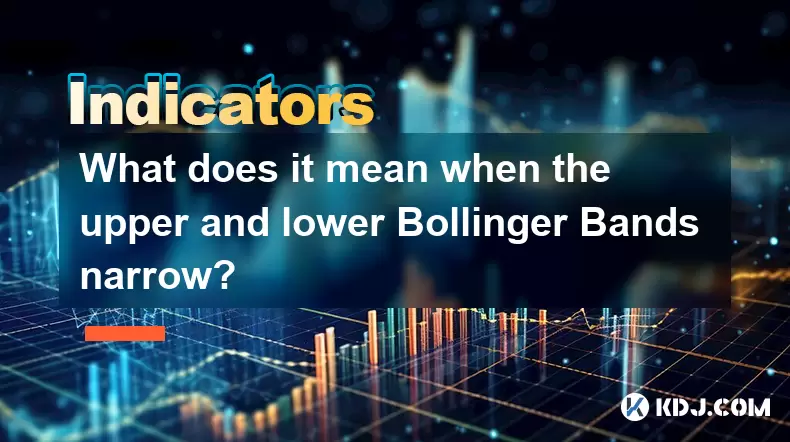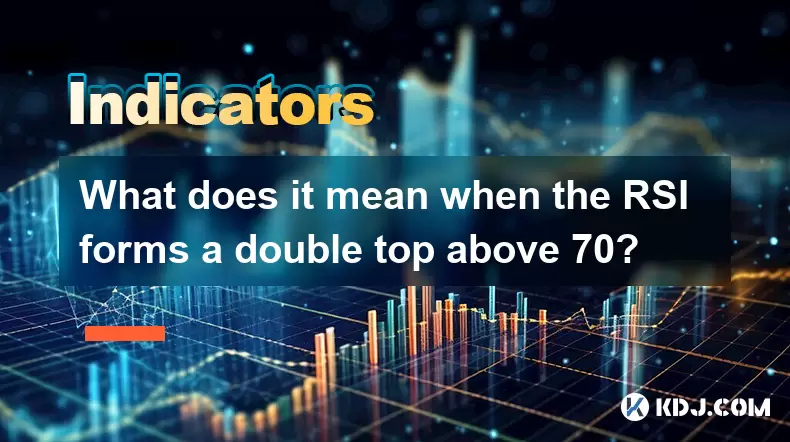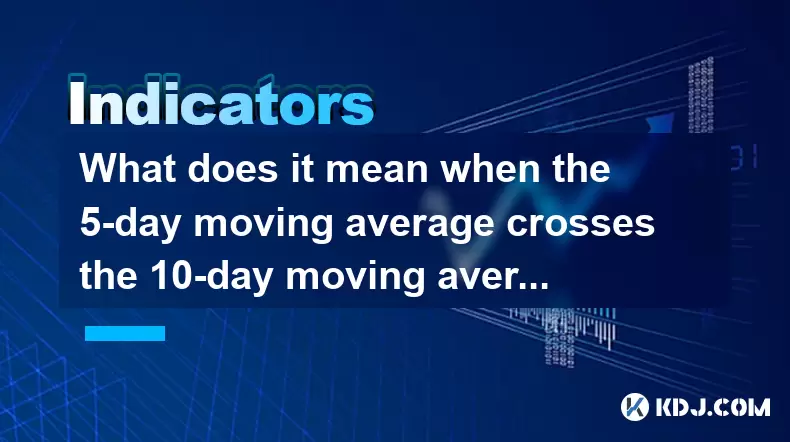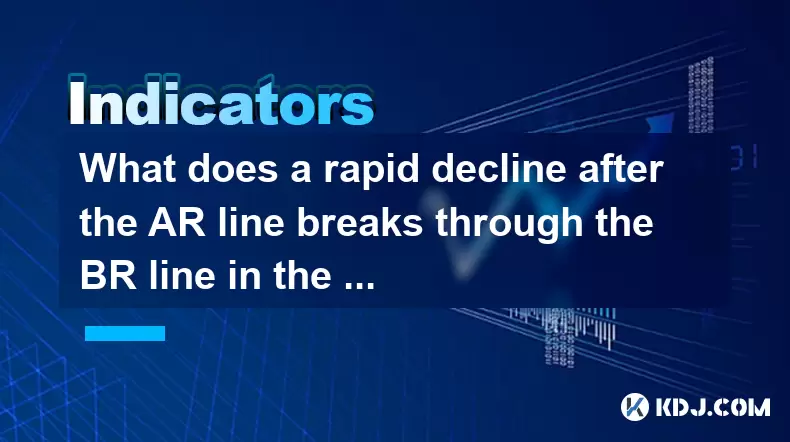-
 Bitcoin
Bitcoin $116400
-0.36% -
 Ethereum
Ethereum $4033
3.40% -
 XRP
XRP $3.302
-1.26% -
 Tether USDt
Tether USDt $1.000
-0.02% -
 BNB
BNB $796.1
1.67% -
 Solana
Solana $177.8
1.89% -
 USDC
USDC $0.9999
0.00% -
 Dogecoin
Dogecoin $0.2314
4.09% -
 TRON
TRON $0.3381
0.14% -
 Cardano
Cardano $0.7989
1.22% -
 Stellar
Stellar $0.4496
-1.84% -
 Chainlink
Chainlink $20.42
9.42% -
 Hyperliquid
Hyperliquid $41.17
0.88% -
 Sui
Sui $3.914
3.77% -
 Bitcoin Cash
Bitcoin Cash $584.7
1.52% -
 Hedera
Hedera $0.2632
-0.54% -
 Avalanche
Avalanche $24.09
3.40% -
 Ethena USDe
Ethena USDe $1.001
-0.02% -
 Litecoin
Litecoin $123.2
1.33% -
 Toncoin
Toncoin $3.318
-0.04% -
 UNUS SED LEO
UNUS SED LEO $8.984
-0.05% -
 Shiba Inu
Shiba Inu $0.00001323
2.85% -
 Uniswap
Uniswap $10.90
4.41% -
 Polkadot
Polkadot $3.999
3.34% -
 Dai
Dai $1.000
0.01% -
 Cronos
Cronos $0.1630
9.64% -
 Bitget Token
Bitget Token $4.484
0.82% -
 Monero
Monero $272.4
2.44% -
 Pepe
Pepe $0.00001173
6.03% -
 Aave
Aave $290.8
2.88%
How to use DMI when breaking through the neckline? Is the W-bottom DMI signal accurate?
Use DMI with neckline breakouts for crypto trading: +DI above -DI, ADX > 25, and volume surge signal a strong bullish trend for entering long positions.
Jun 03, 2025 at 06:56 am

When trading cryptocurrencies, technical indicators play a crucial role in helping traders make informed decisions. One such indicator is the Directional Movement Index (DMI), which is often used in conjunction with other tools to identify potential breakouts and trend reversals. In this article, we will explore how to effectively use the DMI when breaking through the neckline, and we will also delve into the accuracy of the W-bottom DMI signal.
Understanding the DMI and Neckline Breakouts
The Directional Movement Index (DMI) is a technical indicator developed by J. Welles Wilder to measure the strength of a trend. It consists of three lines: the Positive Directional Indicator (+DI), the Negative Directional Indicator (-DI), and the Average Directional Index (ADX). The +DI and -DI help identify the direction of the trend, while the ADX indicates the strength of the trend.
A neckline in technical analysis is a level of support or resistance that is formed by connecting the lows of two swing points in a head and shoulders pattern or the highs in an inverse head and shoulders pattern. A breakout above or below the neckline can signal a significant price movement.
When using the DMI in conjunction with a neckline breakout, traders look for a situation where the +DI crosses above the -DI, indicating a bullish trend, and the ADX rises above a certain threshold (often 25), signaling a strong trend. This combination, when aligned with a breakout above the neckline, can be a powerful signal for entering a long position.
Steps to Use DMI When Breaking Through the Neckline
To effectively use the DMI when breaking through the neckline, follow these steps:
- Identify the Neckline: Begin by identifying the neckline on your chart. This is typically done by connecting the lows of two swing points in a head and shoulders pattern or the highs in an inverse head and shoulders pattern.
- Monitor the DMI: Keep an eye on the +DI and -DI lines. A bullish signal occurs when the +DI crosses above the -DI, indicating a potential upward trend.
- Check the ADX: The ADX should be monitored to gauge the strength of the trend. A reading above 25 is generally considered indicative of a strong trend.
- Confirm the Breakout: Look for a price breakout above the neckline. This should be accompanied by increased volume to confirm the validity of the breakout.
- Enter the Trade: Once the +DI is above the -DI, the ADX is above 25, and the price breaks above the neckline with significant volume, consider entering a long position.
- Set Stop-Loss and Take-Profit Levels: To manage risk, set a stop-loss below the neckline and a take-profit level based on your analysis of potential price targets.
Analyzing the Accuracy of the W-Bottom DMI Signal
The W-bottom DMI signal is a specific pattern that traders look for when using the DMI. It occurs when the price forms a W-shaped pattern on the chart, and the DMI confirms a potential reversal from a downtrend to an uptrend. The accuracy of this signal can vary depending on market conditions and other factors.
To assess the accuracy of the W-bottom DMI signal, consider the following:
- Confirmation with Other Indicators: The W-bottom DMI signal is more reliable when confirmed by other technical indicators such as the Relative Strength Index (RSI) or Moving Average Convergence Divergence (MACD).
- Volume Analysis: A significant increase in volume during the formation of the W-bottom can enhance the signal's reliability.
- Market Context: The overall market trend and sentiment can influence the accuracy of the W-bottom DMI signal. In a strong bull market, the signal may be more reliable than in a bear market.
- Historical Performance: Review past instances of the W-bottom DMI signal on the same asset to gauge its historical accuracy.
Practical Example of Using DMI with a Neckline Breakout
Let's consider a practical example of using the DMI with a neckline breakout in the context of trading Bitcoin (BTC).
- Identify the Neckline: Suppose you observe a head and shoulders pattern on the BTC/USD chart, with the neckline at $30,000.
- Monitor the DMI: You notice that the +DI crosses above the -DI, indicating a potential bullish trend.
- Check the ADX: The ADX rises above 25, signaling a strong trend.
- Confirm the Breakout: The price of BTC breaks above the $30,000 neckline with a significant increase in trading volume.
- Enter the Trade: Based on these signals, you decide to enter a long position on BTC.
- Set Stop-Loss and Take-Profit Levels: You set a stop-loss at $29,500 (just below the neckline) and a take-profit at $35,000, based on your analysis of potential price targets.
Combining DMI with Other Indicators for Enhanced Accuracy
While the DMI can be a powerful tool when used with neckline breakouts, combining it with other indicators can enhance its accuracy and reliability. Here are some additional indicators that can be used in conjunction with the DMI:
- Relative Strength Index (RSI): The RSI can help confirm overbought or oversold conditions. A bullish divergence on the RSI can reinforce a bullish DMI signal.
- Moving Average Convergence Divergence (MACD): The MACD can provide additional confirmation of trend changes. A bullish crossover on the MACD can support a bullish DMI signal.
- Bollinger Bands: Bollinger Bands can help identify periods of low volatility, which often precede significant price movements. A breakout from the Bollinger Bands can confirm a DMI signal.
Risk Management and DMI Signals
Effective risk management is crucial when trading based on DMI signals and neckline breakouts. Here are some key principles to consider:
- Position Sizing: Determine the appropriate size of your position based on your overall trading capital and risk tolerance. Never risk more than you can afford to lose.
- Stop-Loss Orders: Always use stop-loss orders to limit potential losses. Place your stop-loss below the neckline in the case of a long position.
- Take-Profit Levels: Set realistic take-profit levels based on your analysis of potential price targets. Consider using trailing stops to lock in profits as the price moves in your favor.
- Diversification: Avoid putting all your capital into a single trade. Diversify your portfolio to spread risk across different assets and trading strategies.
Frequently Asked Questions
Q: Can the DMI be used effectively in all market conditions?
A: The effectiveness of the DMI can vary depending on market conditions. In trending markets, the DMI can be highly effective in identifying the strength and direction of the trend. However, in range-bound or choppy markets, the DMI may generate false signals, and it is advisable to use it in conjunction with other indicators to confirm trends.
Q: How often should I check the DMI signals?
A: The frequency of checking DMI signals depends on your trading strategy and time frame. For short-term traders, such as day traders, it may be necessary to monitor DMI signals frequently, perhaps every few minutes or hours. For longer-term traders, such as swing traders, checking the DMI signals daily or weekly may be sufficient.
Q: Are there any common pitfalls to avoid when using the DMI with neckline breakouts?
A: One common pitfall is relying solely on the DMI without confirming signals from other indicators. False breakouts can occur, and it is essential to use volume and other technical indicators to validate the breakout. Additionally, setting stop-losses too tight can result in being stopped out of a trade prematurely, so it's important to allow for some price volatility.
Q: Can the DMI be used for short selling as well?
A: Yes, the DMI can be used for short selling by looking for a bearish signal, where the -DI crosses above the +DI, and the ADX rises above 25, indicating a strong downtrend. When combined with a breakdown below a neckline, this can signal a potential entry point for a short position.
Disclaimer:info@kdj.com
The information provided is not trading advice. kdj.com does not assume any responsibility for any investments made based on the information provided in this article. Cryptocurrencies are highly volatile and it is highly recommended that you invest with caution after thorough research!
If you believe that the content used on this website infringes your copyright, please contact us immediately (info@kdj.com) and we will delete it promptly.
- Shiba Inu (SHIB) in the Crypto Landscape: Community, Trends, and Future Outlook
- 2025-08-09 20:30:12
- Lasers in Modern Warfare: Iron Beam and the Future of Defense
- 2025-08-09 20:30:12
- Maxi Doge Presale: The Meme Coin That's Pumping Iron and Prices!
- 2025-08-09 19:10:11
- Rare Coin Warning: Don't Get Fooled by That 1p Coin!
- 2025-08-09 18:50:12
- Cardano, Unilabs, and Tron Price: Decoding the Latest Crypto Buzz
- 2025-08-09 18:30:12
- Aerodrome Finance: Price Targets and the Bullish Channel - What's Next?
- 2025-08-09 18:50:12
Related knowledge

What does it mean when the Triple Moving Average (TRIX) turns downward but the price doesn't fall?
Aug 09,2025 at 12:42pm
Understanding the Triple Moving Average (TRIX) IndicatorThe Triple Moving Average, commonly known as TRIX, is a momentum oscillator designed to filter...

What does it mean when the Williams' oscillator repeatedly hits bottoms but fails to rebound?
Aug 09,2025 at 09:28am
Understanding the Williams %R OscillatorThe Williams %R oscillator, developed by Larry Williams, is a momentum indicator used in technical analysis to...

What does it mean when the upper and lower Bollinger Bands narrow?
Aug 09,2025 at 03:00pm
Understanding Bollinger Bands in Cryptocurrency TradingBollinger Bands are a widely used technical analysis tool in the cryptocurrency market, develop...

What does it mean when the RSI forms a double top above 70?
Aug 09,2025 at 05:50pm
Understanding the RSI and Overbought ConditionsThe Relative Strength Index (RSI) is a momentum oscillator that measures the speed and change of price ...

What does it mean when the 5-day moving average crosses the 10-day moving average but the 20-day moving average remains upward?
Aug 09,2025 at 03:35pm
Understanding Moving Averages in Cryptocurrency TradingMoving averages are foundational tools in technical analysis, especially within the cryptocurre...

What does a rapid decline after the AR line breaks through the BR line in the ARBR indicator indicate?
Aug 09,2025 at 04:42pm
Understanding the ARBR Indicator ComponentsThe ARBR indicator is a technical analysis tool that combines two oscillators: the AR (Amplitude Ratio) and...

What does it mean when the Triple Moving Average (TRIX) turns downward but the price doesn't fall?
Aug 09,2025 at 12:42pm
Understanding the Triple Moving Average (TRIX) IndicatorThe Triple Moving Average, commonly known as TRIX, is a momentum oscillator designed to filter...

What does it mean when the Williams' oscillator repeatedly hits bottoms but fails to rebound?
Aug 09,2025 at 09:28am
Understanding the Williams %R OscillatorThe Williams %R oscillator, developed by Larry Williams, is a momentum indicator used in technical analysis to...

What does it mean when the upper and lower Bollinger Bands narrow?
Aug 09,2025 at 03:00pm
Understanding Bollinger Bands in Cryptocurrency TradingBollinger Bands are a widely used technical analysis tool in the cryptocurrency market, develop...

What does it mean when the RSI forms a double top above 70?
Aug 09,2025 at 05:50pm
Understanding the RSI and Overbought ConditionsThe Relative Strength Index (RSI) is a momentum oscillator that measures the speed and change of price ...

What does it mean when the 5-day moving average crosses the 10-day moving average but the 20-day moving average remains upward?
Aug 09,2025 at 03:35pm
Understanding Moving Averages in Cryptocurrency TradingMoving averages are foundational tools in technical analysis, especially within the cryptocurre...

What does a rapid decline after the AR line breaks through the BR line in the ARBR indicator indicate?
Aug 09,2025 at 04:42pm
Understanding the ARBR Indicator ComponentsThe ARBR indicator is a technical analysis tool that combines two oscillators: the AR (Amplitude Ratio) and...
See all articles

























































































